what type of cement used as fuel for cement production
2022-05-02T04:05:44+00:00
Alternative Fuels in Cement Manufacturing IntechOpen
Aug 09, 2011 Cement production is an energyintensive process consuming thermal energy of the order of 33 GJ/tonne of clinker produced Electrical energy consumption is about 90 – 120 kWh/tonne of cement (Giddings, et al, 2000; European Commission [EC] 2001) Historically, the primary fuel used in cement industry is coalThe traditional fuels used in traditional kilns include coal, oil, petroleum coke, and natural gas The substitution of fossil fuels by alternative f uels (AF) in the production of ce (PDF) Use of alternative fuels in cement industryviii Increasing the Use of Alternative Fuels at Cement Plants: International Best Practice Cement is paramount for economic development and poverty reduction in emerging markets Along with aggregates and water, cement is the key ingredient in the production of concrete, and, as such, is an essential construction materialINCREASING THE USE OF ALTERNATIVE FUELS AT CEMENT

COAL, FUEL OIL AND NATURAL GAS FOR CEMENT PRODUCTION
Sep 25, 2017 Coal, fuel oil and natural gas are the most commonly used energy carrier in cement industries The energy use for cement production is distributed as follows: 927% for pyroprocessing 54% for finishing grinding andAug 28, 2017 The production of 1 m³ of concrete requires 2,775 MJ of energy This energy comes mostly from oil burning , which generates CO2 2775 MJ of energy is produced by 037 barrels of oil Saving concrete, eg by adopting appropriate building solutions, means therefore not only reducing fossil fuels consumption, but also pollutant emissionsEnergy Consumption in Production of ConcreteCement production has advanced greatly in the last few decades The traditional fuels used in traditional kilns include coal, oil, petroleum coke, and natural gas The substitution of fossil fuels (PDF) Use of alternative fuels in cement industry
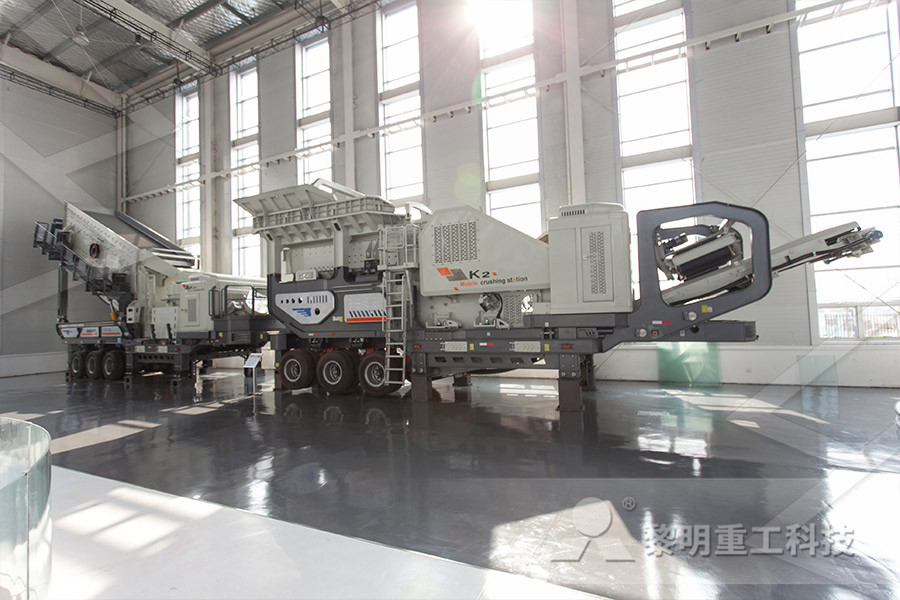
Cement Production an overview ScienceDirect Topics
These savings could be increased by the use of more alternative fuels (Nielsen and Glavind, 2007) (to coal, which actually accounts for 60% of the fuel used in cement production) 1553 Use of s The use of s in concrete is different from using them to produce blended cementsviii Increasing the Use of Alternative Fuels at Cement Plants: International Best Practice Cement is paramount for economic development and poverty reduction in emerging markets Along with aggregates and water, cement is the key ingredient in the production of concrete, and, as such, is an essential construction materialINCREASING THE USE OF ALTERNATIVE FUELS AT Oct 11, 2013 The Indian Cement Industry today prefers petcoke as an alternate fuel for cement manufacturing for various reasons The important among them are as follows: (a) High calorific value > 8,000 kcal/kg (35004500 kcal/kg conventional), low ash content and low volatile matter (but high sulphur content, up to 7%)PETCOKE AS FUEL FOR CEMENT PRODUCTION: BENEFITS

Cement Industry Overview
As cement producers continue to search for alternative fuels, many people wonder what types of fuel can be used in the combustion process The average energy input required to make one ton of cement is 44 million Btu—the equivalent of about 389 pounds of coalCoal Reserve As per the report of Working Group on Coal and Lignite for XI th Five Year Plan, the coal production is projected as under: Coal is the basic fuel used in the Indian cement industry While it mainly provides the requisite heat and temperature, the ash content in the coal also combines chemically with the limestone to help form cement clinkerUse of Alternate Fuels in the Cement IndustryJul 01, 2013 The industrial sector, which encompasses manufacturing, mining, agriculture, and construction, accounted for almost a third of total US energy use in 2012Energyintensive manufacturing accounted for a little more than half of total industrial energy use Although the cement industry used only onequarter of one percent of total US energy, it is the most energyintensive of all The cement industry is the most energy intensive of all
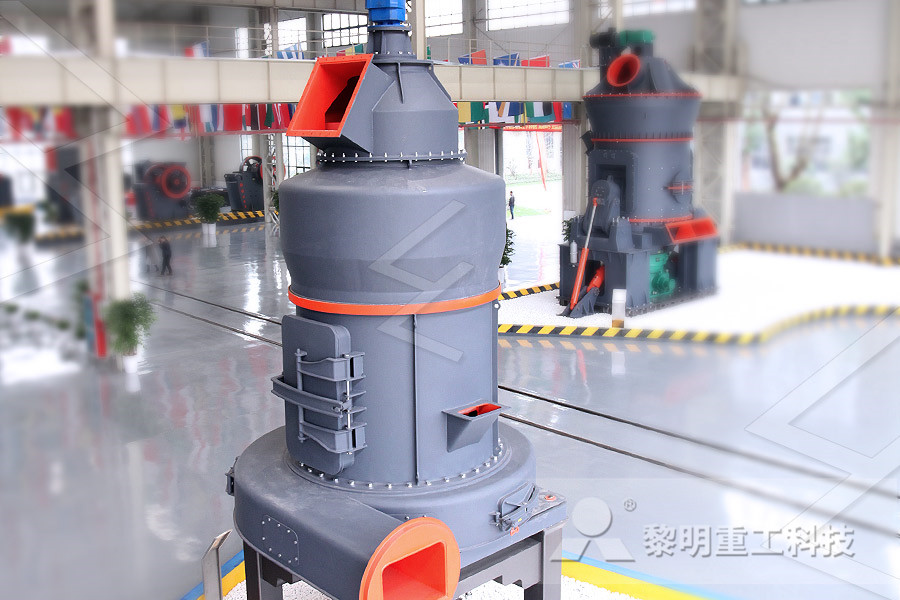
Energy Consumption in Production of Concrete
Aug 28, 2017 The production of 1 m³ of concrete requires 2,775 MJ of energy This energy comes mostly from oil burning , which generates CO2 2775 MJ of energy is produced by 037 barrels of oil Saving concrete, eg by adopting appropriate building solutions, means therefore not only reducing fossil fuels consumption, but also pollutant emissionsMar 01, 2013 The use of some of these industrial wastes as secondary fuels in cement production has been a viable way for cement industries to reduce their costs of production, the consumption of fossil fuels, and contributes to the final disposal of such waste, as in the case of used tires, which are reused as fuel for burning the clinker formation , Waste materials coprocessing in cement industry Sep 14, 2020 But the fuel used to heat those kilns also produces large amounts of CO2 The road to low carbon cement involves using zero emissions fuels as Reducing Emissions From Cement Steel Production
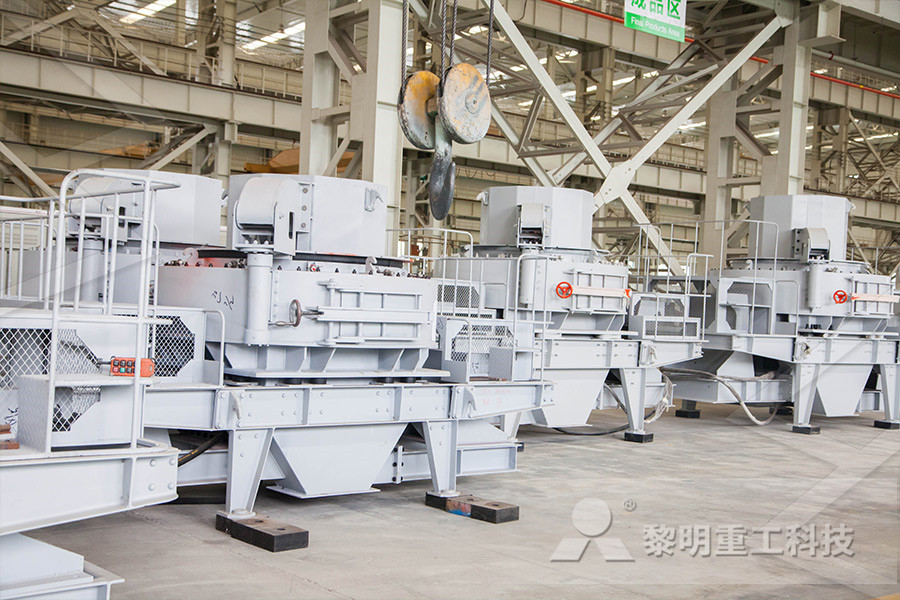
New approach suggests path to emissionsfree cement MIT
Sep 16, 2019 A variation of this process can be used to convert calcium carbonate (CaCO 3) into calcium hydroxide (Ca(OH) 2), which can then be used to make Portland cement without producing any greenhouse gas emissions Cement production currently causes 8 percent of global carbon emissionsThe cement clinker is ground with about 5% gypsum Other materials like slag, fly ash, ash of coal etc may also be added in required proportion to get the final cement powder The main fuel used for firing preheater cyclone and rotary kiln is coal Therefore, coal plays an important role in the manufacturing process of cement Based on theCoal in the cement industryBackground Facts and Issues Concerning Cement and Cement Data OF20051152; Historical Statistics for Mineral and Material Commodities in the United States Data Series 140 Cement; Materials in Use in US Interstate Highways FS20063127; Statistical Compendium; Links American Coal Ash Association; Cement Association of Canada; European Cement Cement Statistics and Information USGSgov

116 Portland Cement Manufacturing
Aug 17, 1971 cement is used for structural applications and is the more common type of cement produced White Portland cement accounts for 95 percent of the hydraulic cement production in the United States The balance of domestic cement production is primarily masonry cement The most commonly used kiln fuels are coal, natural gas, and occasionally These savings could be increased by the use of more alternative fuels (Nielsen and Glavind, 2007) (to coal, which actually accounts for 60% of the fuel used in cement production) 1553 Use of s The use of s in concrete is different from using them to produce blended cementsCement Production an overview ScienceDirect TopicsAs cement producers continue to search for alternative fuels, many people wonder what types of fuel can be used in the combustion process The average energy input required to make one ton of cement is 44 million Btu—the equivalent of about 389 pounds of coalCement Industry Overview
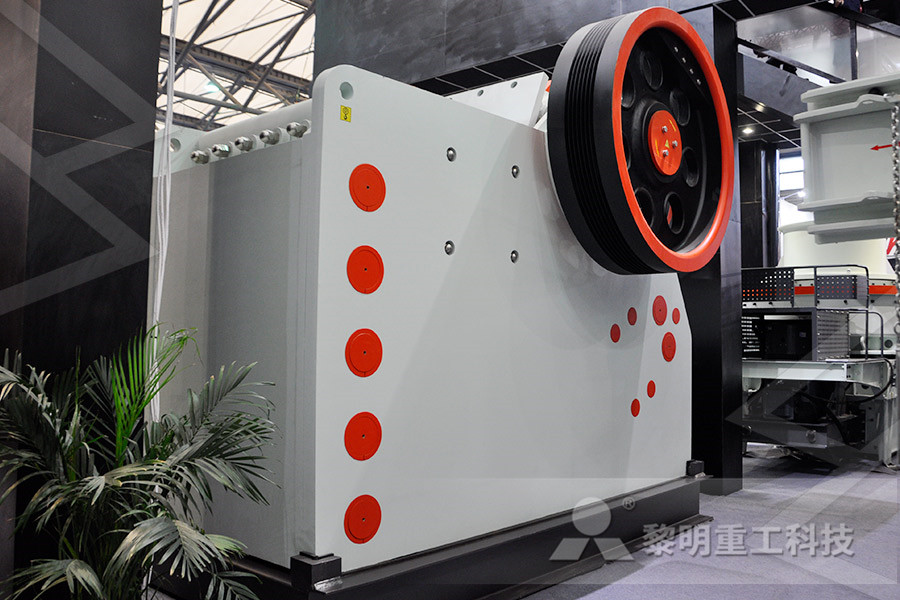
The cement industry is the most energy intensive of all
Jul 01, 2013 The industrial sector, which encompasses manufacturing, mining, agriculture, and construction, accounted for almost a third of total US energy use in 2012Energyintensive manufacturing accounted for a little more than half of total industrial energy use Although the cement industry used only onequarter of one percent of total US energy, it is the most energyintensive of all Oct 11, 2013 petcoke as fuel for cement production high momentum greco burner: typical design parameters primary air pressure 2000 – 5000 mm wg primary air excess factor 4 – 10% fuel conveying air 25 – 35% of stoichimetric air fuel/air ratio 32 – 6 kg/nm3 air specific burner momentum* 6 – 14 n/mw burner thermal power *note: specific burner PETCOKE AS FUEL FOR CEMENT PRODUCTION: BENEFITS 88 Alternative fuels have been used by cement manufacturers, in many countries, for several years As per the latest figures available, percentage of replacement of oil and coal, by alternative fuels is given in Table IV In conclusion, the author is happy to note that the use of alternative fuels is on the rise in the Indian Cement IndustryUse of Alternate Fuels in the Cement Industry
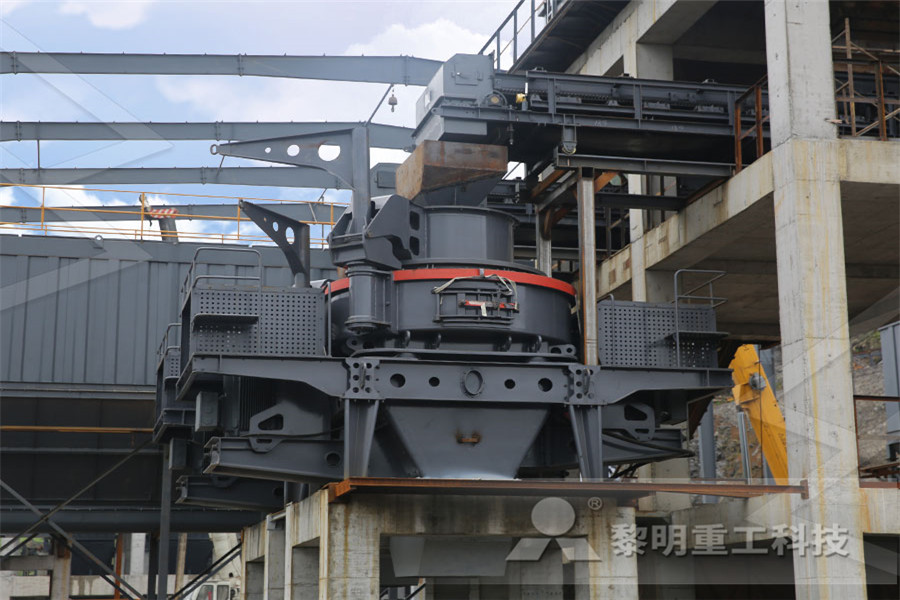
31 CO2 Cement Production IGES
Overview of Cement Production Cement is an important construction ingredient around the world, and as a result, cement production is a significant source of global carbon dioxide (CO2 ) emissions, making up approximately 24 percent of global CO2 emissions from industrial and energy sources (Marland et al, 1989) Cement is produced in large The cement clinker is ground with about 5% gypsum Other materials like slag, fly ash, ash of coal etc may also be added in required proportion to get the final cement powder The main fuel used for firing preheater cyclone and rotary kiln is coal Therefore, coal plays an important role in the manufacturing process of cement Based on theCoal in the cement industryType II cements are limited in C150/M 85 to a maximum of 8 percent by mass of tricalcium aluminate (a cement phase, often abbreviated C 3 A), which impacts a cement’s sulfate resistance Certain oxides are also themselves limited by specifications: For example, the magnesia (MgO) content which is limited to 6 percent maximum by weight for Cement Types

Cement Statistics and Information USGSgov
Background Facts and Issues Concerning Cement and Cement Data OF20051152; Historical Statistics for Mineral and Material Commodities in the United States Data Series 140 Cement; Materials in Use in US Interstate Highways FS20063127; Statistical Compendium; Links American Coal Ash Association; Cement Association of Canada; European Cement Sep 14, 2020 But the fuel used to heat those kilns also produces large amounts of CO2 The road to low carbon cement involves using zero emissions fuels as Reducing Emissions From Cement Steel ProductionAug 17, 1971 cement is used for structural applications and is the more common type of cement produced White Portland cement accounts for 95 percent of the hydraulic cement production in the United States The balance of domestic cement production is primarily masonry cement The most commonly used kiln fuels are coal, natural gas, and occasionally 116 Portland Cement Manufacturing

CONCRETE – Carbon Smart Materials Palette
The different kiln types used for cement production, listed in increasing order of energy intensity, are: dry with preheater and precalciner, dry with preheater, long dry, and wet Dry with preheater and precalciner kilns use on average 85% less energy than wet kilns 2 Energy intensity: Each tonne of cement produced requires 60 to 130 kilogrammes of fuel oil or its equivalent, depending on the cement type and the process used, and about 110 KWh of electricity Key Figures For more details please click here For more details Key Facts FiguresAug 25, 2011 A Chinabased cement plant used VFDs to significantly reduce its energy consumption in its dryprocess kilns, responsible for production of 14 million tons of cement each year Traditional damper control systems used a fixed amount of energy, so fans at the plant always ran at full capacity even when the facility wasn’t producing product Reduce Energy Consumption: Cement Production